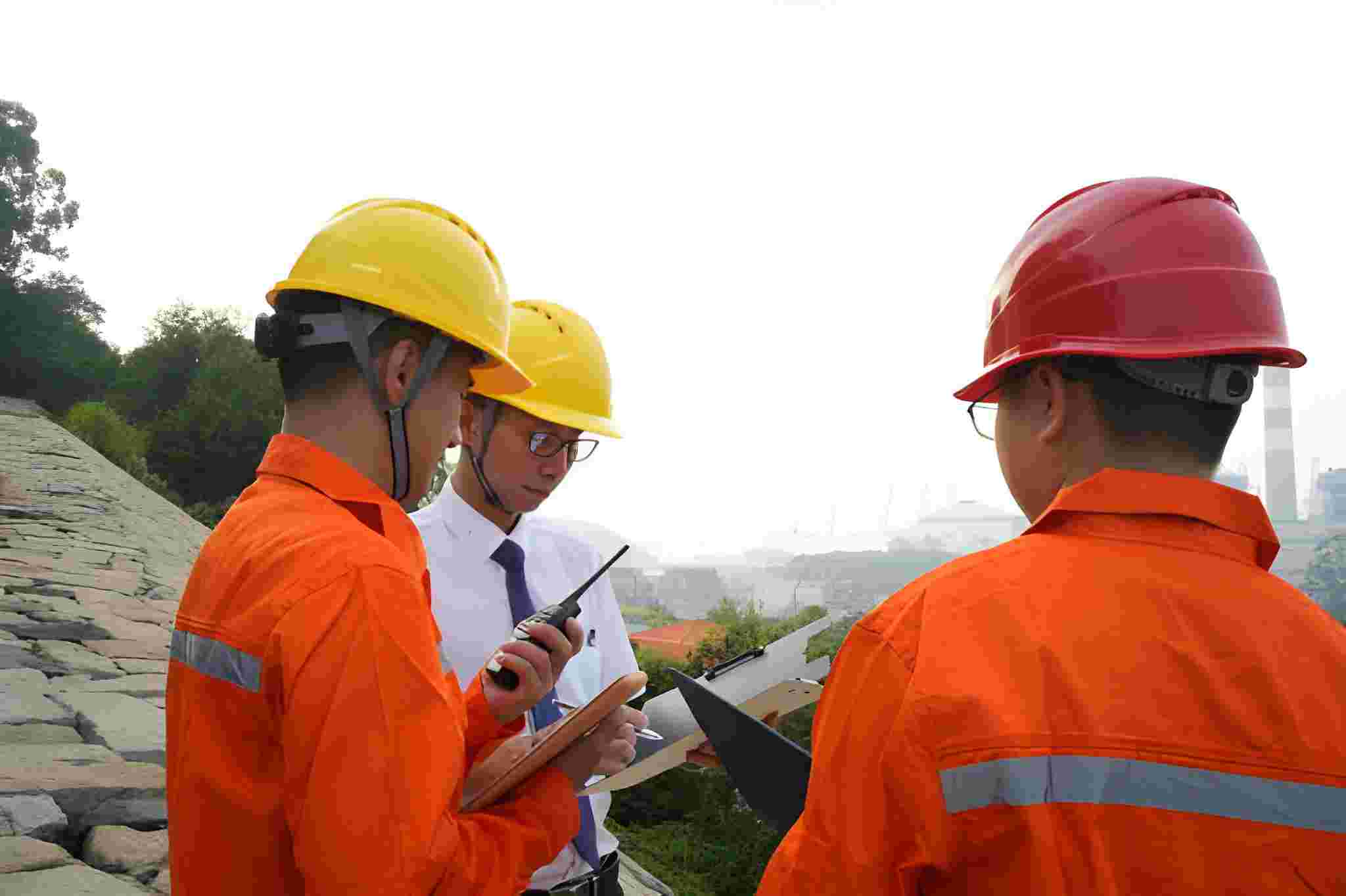Workplace safety is a crucial priority for Australian businesses across all industries. Regular OHS inspections (Occupational Health and Safety inspections) play a critical role in pinpointing and mitigating potential hazards before they cause harm. These inspections safeguard employees, protect business assets, and ensure compliance with Australia’s evolving health and safety regulations.
For building owners and property managers in Australia, maintaining a safe environment goes beyond reactive measures. It requires a proactive, systematic approach. This is where expert providers like ESM Compliance come in, helping businesses stay ahead through scheduled inspections and audits that maintain Essential Safety Measures effectively.
The Importance of Regular OHS Inspections
Regular OHS inspections are fundamental to creating and sustaining a safe workplace. They involve thorough, methodical examinations of the physical environment, equipment, and operating procedures to detect health and safety risks. The benefits include:
- Early Hazard Detection: Inspections reveal hidden risks such as faulty fire equipment, trip hazards, or structural weaknesses before they escalate.
- Legal Compliance: Health and safety legislation in Australian states mandates inspections at recommended intervals. Staying compliant avoids costly fines and penalties.
- Accident Prevention: Identifying and fixing hazards prevents workplace injuries and costly disruptions.
- Promotes Safety Culture: Regular inspections encourage staff engagement in safety, raising awareness and responsibility.
Workplaces that prioritise timely inspections create safer environments that protect their most valuable asset—their people.
What Do OHS Inspections Cover?
OHS inspections assess a wide range of safety elements based on the workplace type and risk profile. Common areas reviewed include:
- Fire safety systems: alarms, sprinklers, extinguishers, emergency exits
- Structural integrity: walls, doors, stairs, lifts
- Workplace layout: trip hazards, clear walkways, signage
- Equipment safety: electrical systems, machinery, personal protective equipment (PPE)
- Workplace practices: safe handling, hazardous materials protocols
Inspections must be tailored to the specific hazards and operational realities of each business. Industries like construction, manufacturing, healthcare, and education often require more frequent and detailed checks due to inherent risks.
How Often Should OHS Inspections Be Conducted?
Inspection frequency is not one-size-fits-all. It depends on factors such as:
- Type of Business: High-risk industries (e.g., mining, construction) require daily or weekly inspections. Medium-risk worksites (e.g., warehouses) should typically conduct inspections monthly. Low-risk environments (e.g., offices) may suffice with quarterly or biannual inspections.
- Legislative Requirements: Australian states have varying but overlapping regulations. For example, Victoria’s compliance codes recommend six-monthly inspections for many systems. Workplace safety authorities often require documented proof of inspection schedules and outcomes.
- Workplace Changes: Inspections should be increased after introducing new equipment, altering layouts, or following incidents or near misses.
A risk-based approach balanced with regulatory mandates ensures inspection schedules are effective and defensible.
Conducting Effective OHS Inspections
To ensure inspections identify and mitigate hazards successfully, follow these best practices:
- Use Standardised Checklists: These ensure no critical area or system is overlooked and provide documentation that is essential for audits and compliance reporting.
- Involve Qualified Personnel: Safety officers, trained supervisors, or third-party auditors bring expertise that improves detection accuracy.
- Engage Workers: Employees are often the first to spot emerging risks; encourage reporting and participation in inspections.
- Document Thoroughly: Maintain clear records of findings, corrective actions, and follow-ups. Transparent records help manage liabilities and improve continuous improvement efforts.
- Integrate Technology: Digital inspection tools and software can streamline data collection, automate reminders, and support analytics to predict and prevent hazards.
Through these steps, OHS inspections become integral to daily business operations rather than burdensome tasks.
The Consequences of Skipping Regular Inspections
Neglecting regular OHS inspections jeopardises business continuity and safety:
- Increased workplace injuries and illnesses lead to operational disruptions and higher insurance premiums.
- Legal penalties and reputational damage from non adherence with Australian workplace health and safety laws.
- Potential workers’ compensation claims and employee dissatisfaction from unsafe conditions.
- Loss of stakeholder confidence among employees, customers, and regulators.
Proactive regular inspections significantly reduce these risks and foster a culture of safety excellence.
How ESM Compliance Supports Businesses
ESM Compliance specialises in helping Australian businesses and property owners meet their regulatory responsibilities for Essential Safety Measures through expert inspections, audits, and reporting.
Their experienced team works across diverse sectors, including schools, hospitals, high-rise buildings, airports, sporting grounds, and more. ESM provide:
- Comprehensive safety audits tailored to your industry and location.
- Ongoing maintenance schedules are aligned with legislative requirements.
- Detailed reports facilitating transparent compliance with local authorities.
- Practical recommendations that enhance safety and operational efficiency.
Partnering with ESM Compliance means you receive peace of mind knowing your workplace safety systems are continuously monitored and maintained by trusted professionals.
Conclusion
Regular OHS inspections are not just a legal obligation. They’re a fundamental investment in workplace safety and organisational resilience. By detecting hazards early, fostering a safety-first culture, and demonstrating compliance, businesses protect their people and their reputation.
Entrusting your essential safety system inspections to experts like ESM Compliance ensures rigorous, thorough, and compliant service. We help you navigate complex regulations while enhancing the safety and well-being of everyone in your workplace.
Take the first step to safer workplaces and easier compliance by connecting with ESM Compliance today.




